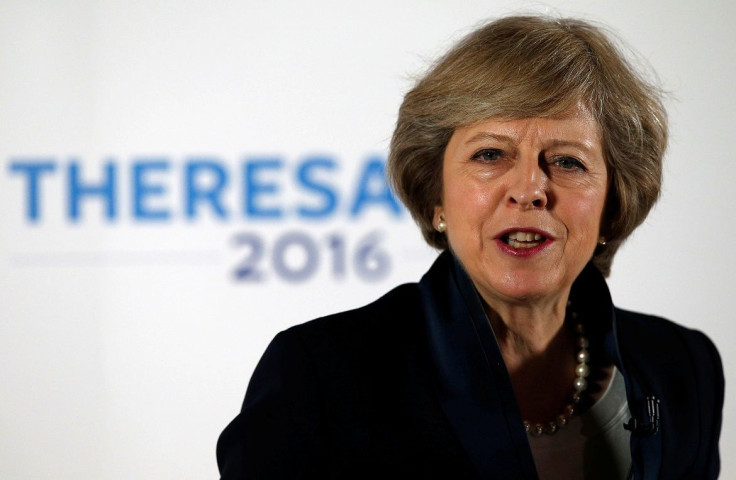New British PM Theresa May vows to pursue Brexit

“Brexit means Brexit,” the incoming British prime minister said. Theresa May, who is about to take over from David Cameron on Wednesday, insists that she will lead the country out of the European Union.
The new Conservative Party leader will be UK’s second female prime minister after Margaret Thatcher. She became the only contender after Energy Minister Andrea Leadsom pulled out of the leadership race.
She kept a mainly low profile during the height of the EU referendum dispute. According to Al Jazeera, she was formally against the UK leaving the EU. However, now that the country had voted in favour of Leave, May has vowed that that’s exactly what the country would do.
“Brext means Brexit, and we’re going to make a success of it,” she said last month. “The campaign was fought, the vote was held, turnout was high, and the public gave their verdict. There must be no attempts to remain inside the EU, no attempts to re-join it through the back door, and no second referendum.”
The question on when Britain will trigger the Article 50 of the EU, the formal process to leave the EU, remains. She could start it right away or wait until after the French and German elections in 2017.
German Chancellor Angela Merkel has insisted there would be no informal or formal talks with the Britain until the country triggered Article 50. She recently told a news conference that the new British PM’s task will be to provide clarity on how Britain wants to build a relationship with the European Union.
May, a member for Maidenhead, was shadow secretary of State for Education and Employment from 1999 to 2001. She was the chairman of the Conservative Party for one year from 2002 to 2003 and was shadow leader of the House of Commons from 2005 to 2009. She was also the minister for Women and Equality for three years until 2010 and the minister for Women and Equalities from 2010 to 2012. She is expected to appoint her successor as Home Secretary, a position she has held since 2010.
She is replacing Cameron, who announced his resignation after the Leave votes won on June 23. He was originally to step down in October, but following Leadsom’s withdrawal from the leadership race and the confirmation of May as the new leader of the Conservatives, Cameron announced he would submit his resignation to Queen Elizabeth II on July 13.
He will face the MPs in his last session of Prime Minister’s Questions on Wednesday before heading to the Buckingham Palace.





















